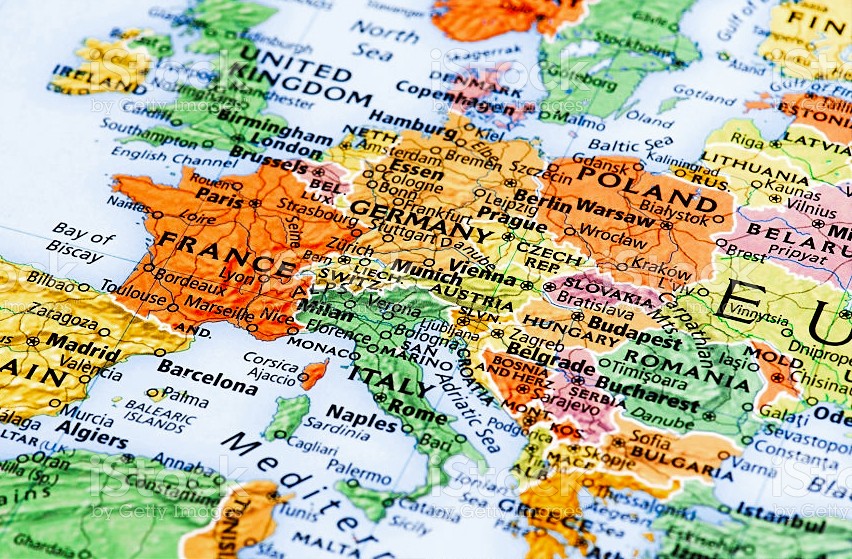Poland, Czechia and Slovenia had the lowest proportion of people at risk of poverty or social exclusion among EU countries in 2022, according to Eurostat. On the other end of the spectrum were Romania, Bulgaria, Greece and Spain.
In total, 95.3 million people in the EU, equivalent to 22 percent of the population, faced the risk of poverty or social exclusion last year. This figure remained relatively stable compared to 2021, which saw 95.4 million affected.
The extent of poverty or social exclusion varied significantly between individual EU countries. Romania had the highest proportion, with 34.4 percent of its population at risk, followed by Bulgaria at 32.2 percent and Greece at 26.3 percent.
In contrast, the Czech Republic, Slovenia and Poland boasted the lowest rates, with 12 percent, 13 percent, and 16 percent, respectively. The EU average stood at 21.6 percent.

The data also highlighted that women faced a higher risk of poverty or social exclusion than men in 2022 — 22.7 percent and 20.4 percent respectively.
Furthermore, Eurostat revealed that over one-fifth, or 22.4 percent, of the EU population living in households with dependent children were at risk of poverty or social exclusion.
It should be noted that poverty and social exclusion cannot be solely attributed to household income levels. Factors such as unemployment, low work intensity, occupational status, and other socio-economic characteristics can also contribute.
Occupational status is one of the most significant socio-economic factors influencing the risk of poverty or social exclusion. In 2022, that risk for the employed was 11.1 percent, while retirees faced a 19.1 percent risk. Comparatively, the risk was notably higher for the unemployed at 65.2 percent, and other economically inactive groups faced a risk of 42.9 percent.





